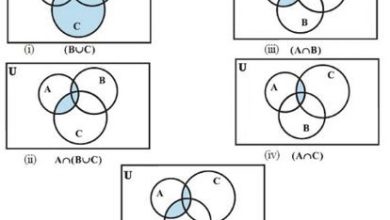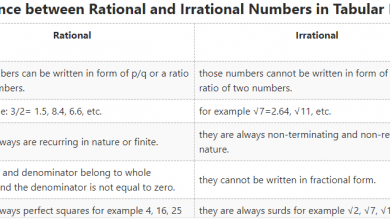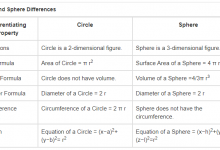Difference between Parallelogram and Trapezium
A parallelogram is a four-sided shape where opposite sides are parallel, and the opposite angles are congruent. In contrast, a trapezium is a four-sided shape that has one pair of parallel sides (the bases) and two non-parallel sides (the legs). The opposite angles of a trapezium are not congruent. The lengths of the bases can be different or equal but the opposite sides are not congruent. A rectangle is a common example of a parallelogram while a square is not a trapezium as all angles are right angles.
What is a Parallelogram?
A parallelogram is a four-sided geometric shape where opposite sides are parallel to each other. This means that if two sides are parallel, so are the other two sides. The opposite angles of a parallelogram are also congruent. A common example of a parallelogram is a rectangle, which has all angles as right angles (90 degrees).
What is a Trapezium?
A trapezium is a four-sided geometric shape that has one pair of parallel sides (the bases) and two non-parallel sides (the legs). The opposite angles of a trapezium are not congruent. The lengths of the bases can be different or equal but the opposite sides are not congruent.
Overview
From the definitions of these two shapes, it is clear that while both are four-sided shapes, they have a different number of parallel sides. A parallelogram has opposite sides that are parallel, while a trapezium has one pair of parallel sides and the other two sides are non-parallel.
To further understand the difference between a parallelogram and a trapezium, one can consider the properties of opposite sides and angles. In a parallelogram, opposite sides are parallel and opposite angles are congruent. In a trapezium, one pair of opposite sides is parallel and the other pair of opposite sides is non-parallel and opposite angles are not congruent.
Here are ten key points to remember:
- A parallelogram is a four-sided shape where opposite sides are parallel.
- A trapezium is a four-sided shape that has one pair of parallel sides and two non-parallel sides.
- The opposite angles of a parallelogram are congruent.
- The opposite angles of a trapezium are not congruent.
- A rectangle is a common example of a parallelogram.
- A trapezium can have bases of different lengths.
- The parallel sides of a trapezium are referred to as the bases.
- A square is not a trapezium as all angles are right angles.
- The non-parallel sides of a trapezium are called the legs.
- A parallelogram is a special case of a trapezium where the bases are congruent.
Conclusion
In conclusion, a parallelogram and a trapezium are both four-sided geometric shapes, but they have different properties. A parallelogram has opposite sides that are parallel and opposite angles are congruent, while a trapezium has one pair of parallel sides and two non-parallel sides, and opposite angles are not congruent.
A rectangle is a common example of a parallelogram and a square is not a trapezium as all angles are right angles. Understanding the differences and similarities between these shapes is crucial to correctly identify them in mathematical and real-world problems.


